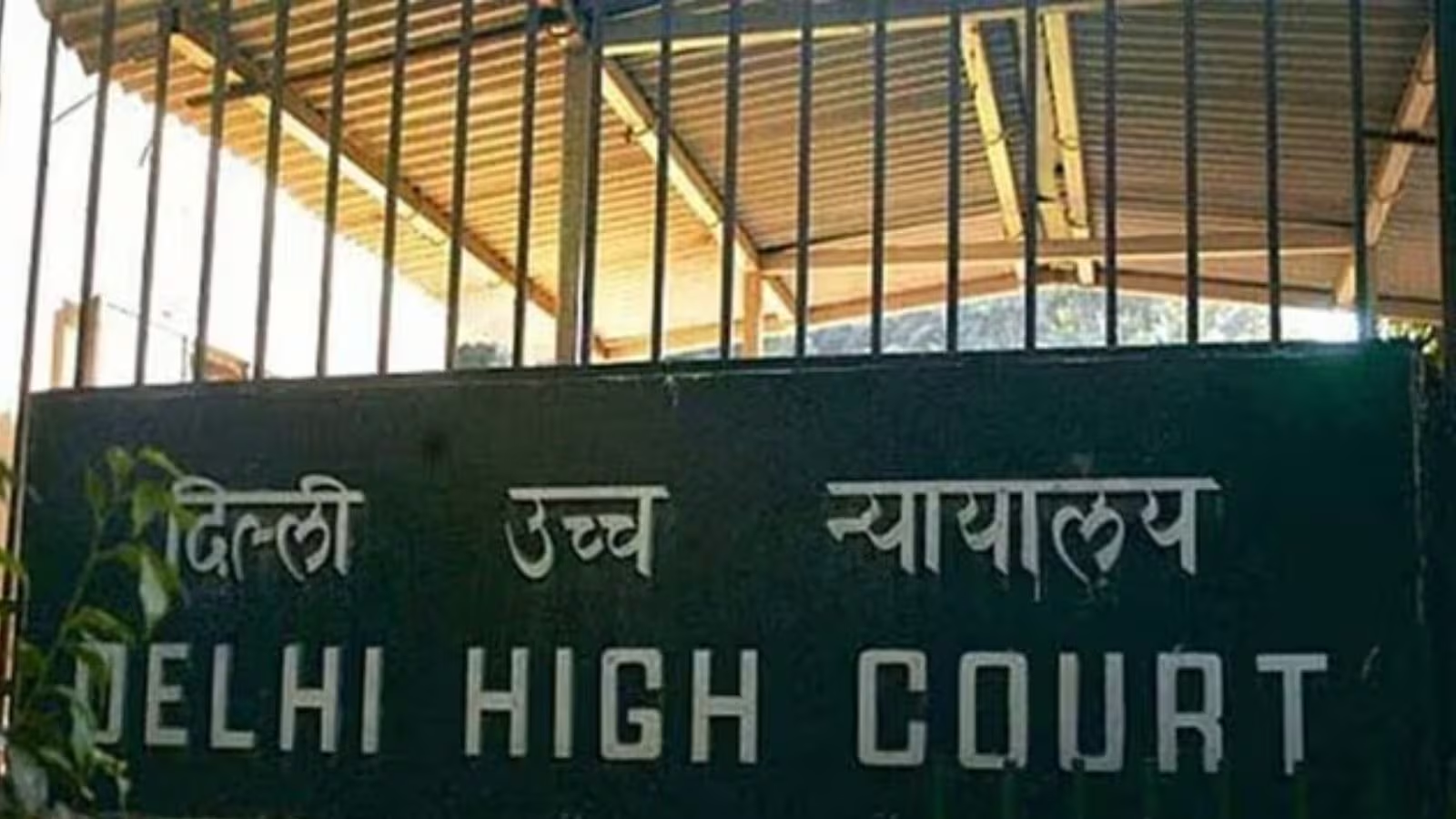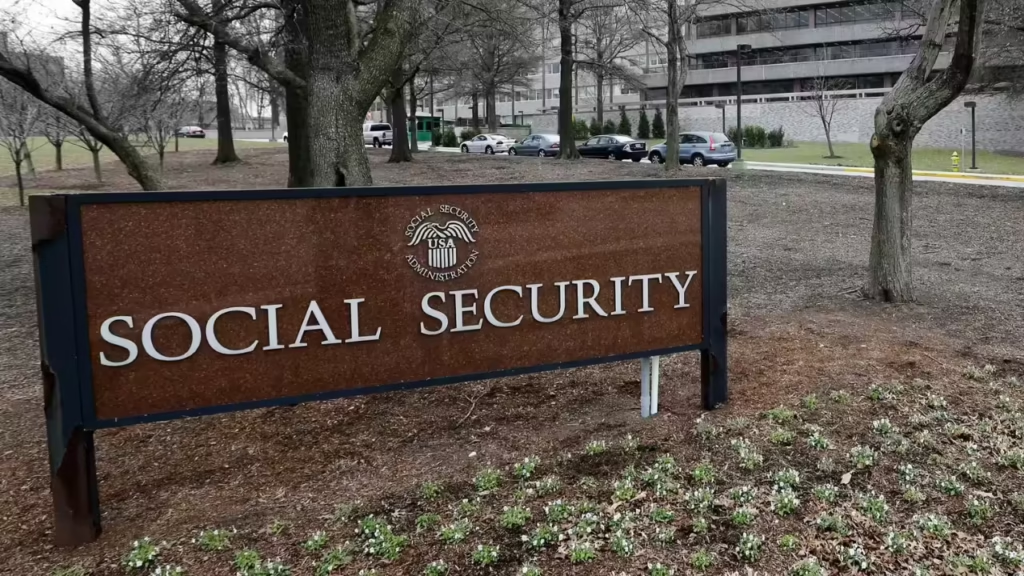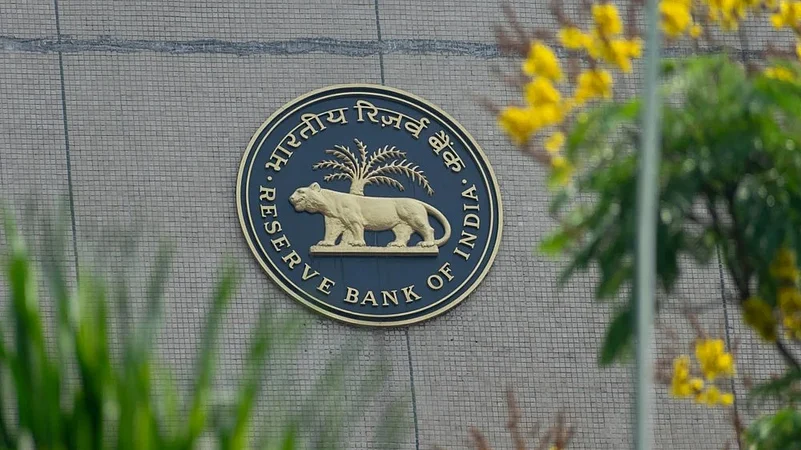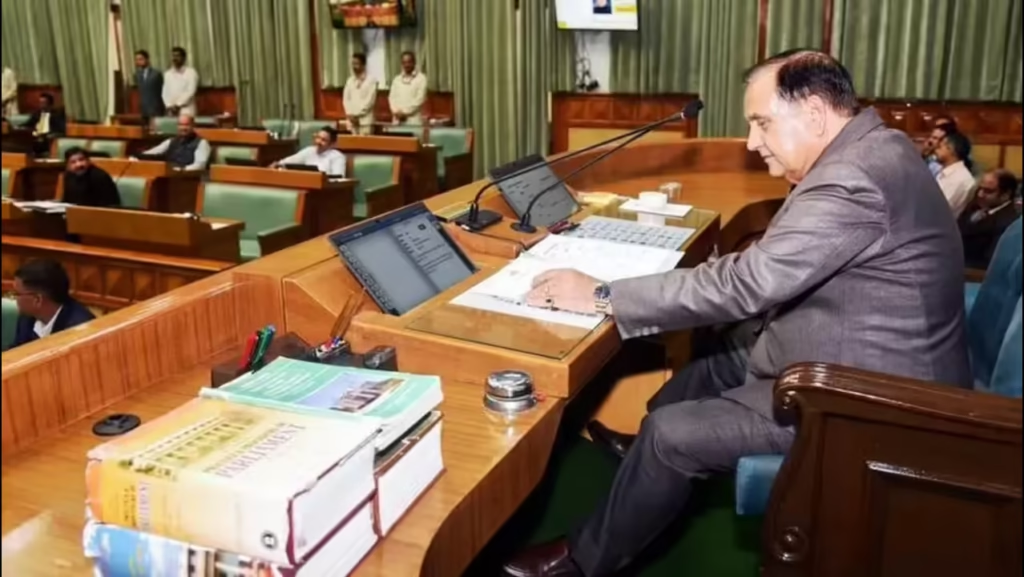Now Reading: Delhi High Court Bar Association Seeks Transparency in Judge Transfers
-
01
Delhi High Court Bar Association Seeks Transparency in Judge Transfers
Delhi High Court Bar Association Seeks Transparency in Judge Transfers

The Delhi High Court Bar Association has called for greater transparency in the process of transferring judges across the country. The demand comes amid growing discussions within the legal community about the need to make judicial transfers more structured and accountable. Lawyers argue that a clear system would not only build public trust but also ensure fairness for both judges and litigants.
Concerns Over the Current System
At present, judicial transfers are decided by the collegium system, which involves senior judges making recommendations. While the process is meant to maintain independence of the judiciary, many lawyers believe it often lacks clarity. The bar body has highlighted that sudden transfers can sometimes disrupt cases midway, affecting both advocates and litigants who depend on continuity in hearings.
Impact on Tier 2 Cities
The issue is particularly relevant for smaller cities and districts where the availability of experienced judges is already limited. When transfers happen without much explanation, these courts may face longer delays in hearings, directly affecting people seeking timely justice. For litigants from Tier 2 cities, this can mean added travel, higher expenses, and extended waiting periods.
Call for Accountability
The association has suggested that reasons for transfers should be shared more openly, at least in a general form, to prevent speculation. Lawyers argue that such a move would strengthen confidence in the system and reduce the perception of arbitrariness. Transparency, they believe, is key to maintaining the credibility of judicial institutions.
Conclusion
The call by the Delhi High Court Bar Association reflects a larger demand for openness in judicial administration. While protecting the independence of judges remains crucial, introducing transparency in transfers could improve public trust and efficiency in the courts. For citizens, especially in smaller cities, such measures would make justice not only fair but also more accessible.

























